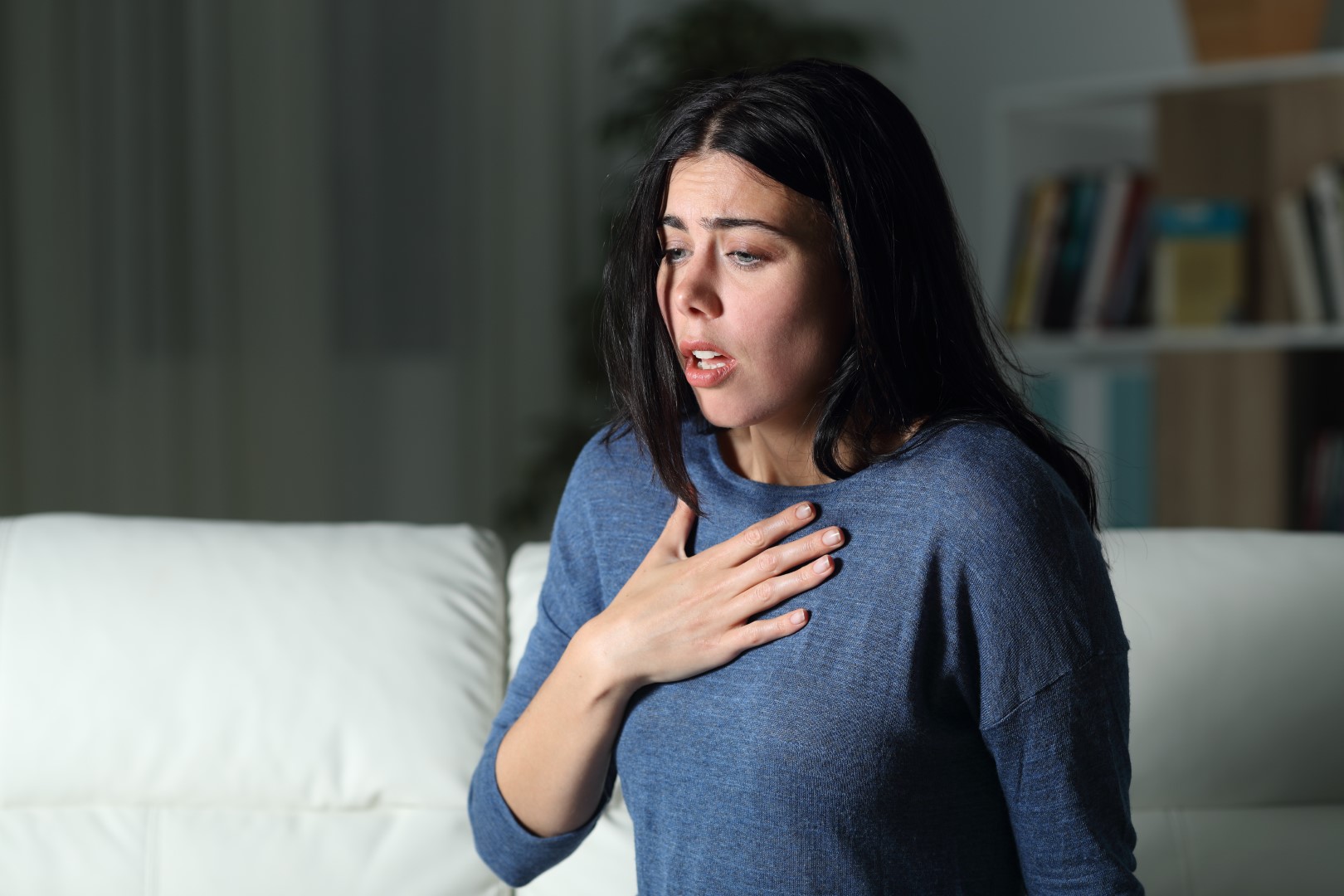ANXIETY
Treating Anxiety
- Home
- Conditions We Treat
- Anxiety
Do you frequently feel a sense of dread? Do you often have trouble sleeping? Have you suffered panic or anxiety attacks, and are afraid they may come back?
We all suffer from periods of anxiety in life. But if you feel anxious on a regular basis, it may be time to seek help.
Whether you’ve previously received help for your anxiety or you’re a first-time patient who is unsure where to start, our clinicians will listen to what you’re going through and provide compassionate care tailored to your unique needs.

How We Help
Therapy
Too often, anxiety is mistaken for emotional weakness or instability. Therapy can destigmatize anxiety and help you feel better.
Medication management
Sometimes, anxiety can be treated without medication. Other times, medication can make a critical difference.
Root Cause Psychiatry®
Our Root Cause Psychiatry program can help you get to the root causes of your anxiety, so you can live a more fulfilling life.
How is anxiety diagnosed?
We strive to understand the root causes of your anxiety, using the biopsychosocial model to explore the biological, psychological, and social factors that may be contributing to your suffering.
These factors may include genetic predispositions, childhood traumas, and environmental forces like work-related stressors or family conflict.
Anxiety Resources
-
Living with anxiety amidst stressful times
Anxiety is an inevitable experience in everyday life. How can you tell if your anxiety levels are normal?
-
Coping with pandemic-related anxiety
Learn how you can alleviate symptoms of anxiety amidst COVID.
-
Rachel’s Story: how genetic testing helped alleviate Rachel’s anxiety and depression
Rachel, a 36-year-old woman, suffered from severe anxiety and depression with her wedding fast approaching.

Not sure it’s anxiety?
If you’re not sure whether you have anxiety or something else, we can help.
Find out what other conditions we treat.
.png?width=144&height=144&name=Untitled%20design%20(34).png)
